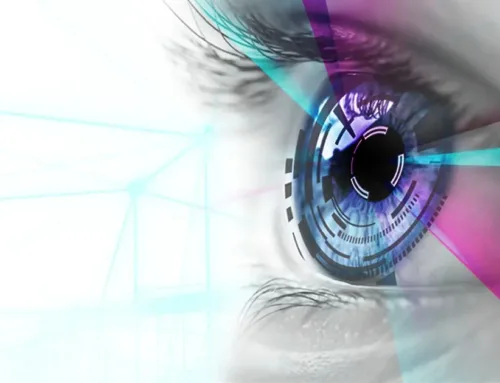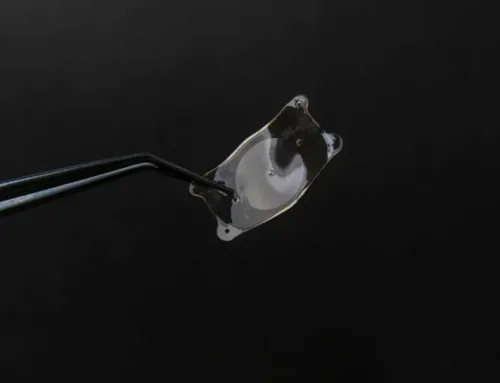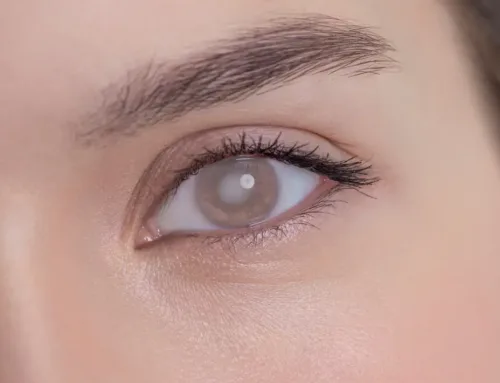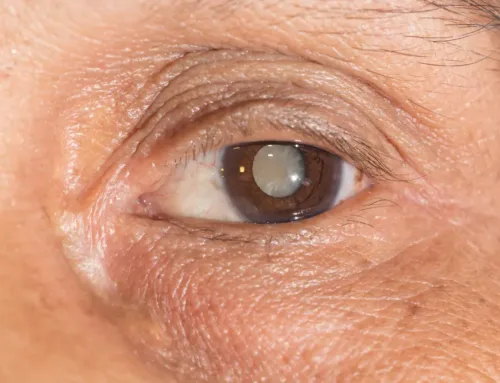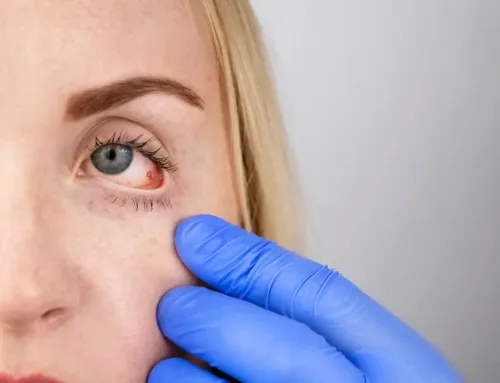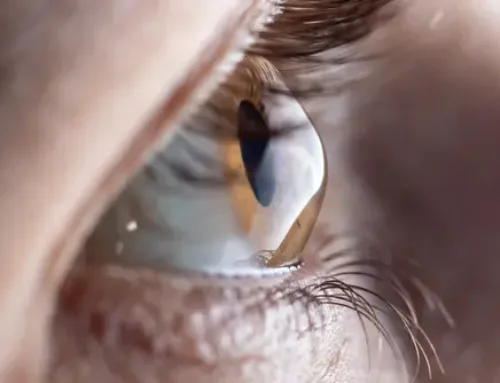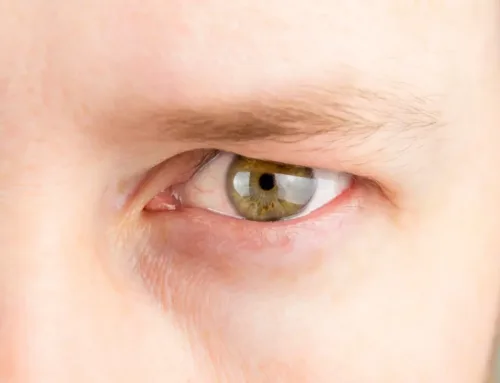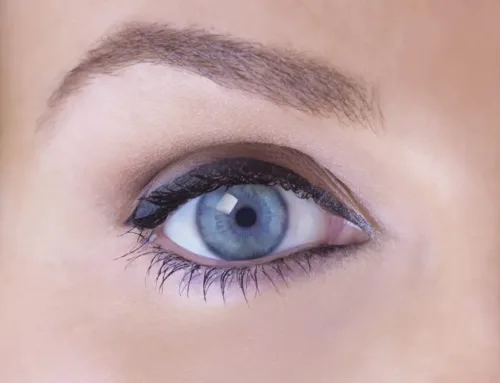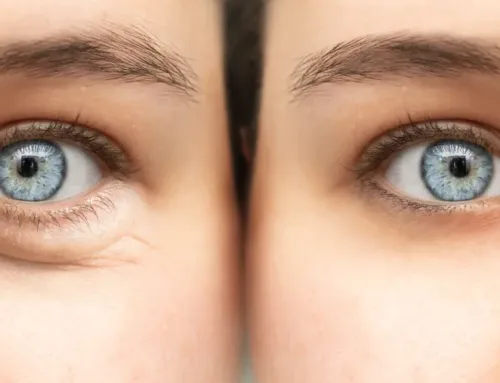People with diabetes can develop a condition known as diabetic retinopathy. This condition can cause a wide range of symptoms. Left untreated, it can lead to vision loss. It is one of the most common causes of new cases of vision loss in adults. Also, it is the leading cause of vision loss among people with diabetes.
What Is Diabetic Retinopathy?
This is a diabetes-related eye condition or complication. It results from damage to the retinal blood vessels. At first, this condition might not have apparent symptoms. In some cases, people experience mild vision issues. However, you need to understand that diabetic retinopathy can lead to blindness.
Furthermore, it can develop in anyone with type 1 or type 2 diabetes. The longer you live with diabetes and fail to control your blood sugar properly, the more likely you are to develop diabetic retinopathy.
Stages Of Diabetic Retinopathy
This condition progresses through several stages. Each of these stages presents certain symptoms.
Early Stages
In the early stages, diabetic retinopathy does not usually present noticeable symptoms. So until it affects your vision, it can go unnoticed. But if you start seeing spots or floaters across your field of vision that clear on their own after a while, you should check with your eye doctor.
Mild Non-Proliferative DR
Small areas of microaneurysms, which look like balloon-like swellings, form in the blood vessels of the retina. Sometimes, they may leak fluid into the retina.
Moderate Non-Proliferative DR
As this condition continues to progress, the blood vessels that nourish your retina may swell. They may also lose their ability to transport blood. Your eye doctor will be able to identify these retinal changes during a comprehensive eye exam. Left untreated, this condition may lead to diabetic macular swelling, which can cause vision loss.
Severe Non-Proliferative DR
During this stage, there is a serious disruption of the retinal blood supply, leading to additional damage in the blood vessels.
Proliferative DR
This is the worst stage of diabetic retinopathy. During this stage, the retina secretes growth substances that generate new blood vessels. They grow along the retina’s inner surface and vitreous gel.
Since the new blood vessels are fragile, they are more likely to blood and/or leak. This can lead to the formation of scar tissue that can shrink and cause retinal detachment.
Common Symptoms Of Diabetic Retinopathy
As stated earlier, you might not experience any symptoms in the early stages. But as the condition continues to progress, you may experience the following symptoms:
- Fluctuating vision
- Dark strings or spots floating in your field of vision
- Empty or dark areas in your field of vision
- Blurred vision
- Gradual loss of vision
Diagnosis Of Diabetic Retinopathy
This eye condition usually starts with no apparent symptoms or changes in vision. But during an eye examination, an ophthalmologist can detect signs of diabetic retinopathy. Thus, it is important for people with diabetes to undergo a comprehensive eye exam at least once a year or whenever their eye doctor recommends.
For more information about diabetic retinopathy, contact Treasure Coast Eye Specialists at our offices in Port St. Lucie or Stuart, Florida. You can call 772-400-2400 or 772-286-0007 today to schedule an appointment.




